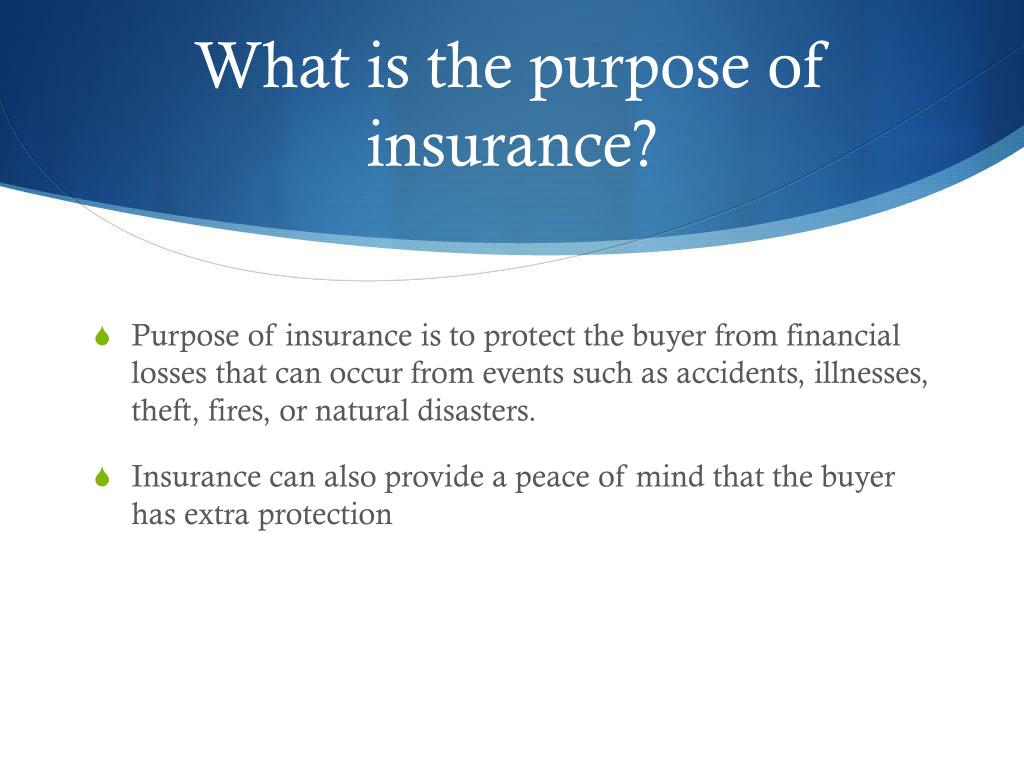Examine This Report on Pacific Prime
Examine This Report on Pacific Prime
Blog Article
What Does Pacific Prime Mean?
Table of ContentsThe Ultimate Guide To Pacific PrimeThe Ultimate Guide To Pacific PrimeThe Facts About Pacific Prime UncoveredNot known Facts About Pacific PrimeThe smart Trick of Pacific Prime That Nobody is Discussing

This is because the information were accumulated for a period of strong economic efficiency. Of the approximated 42 million people who were uninsured, almost about 420,000 (about 1 percent) were under 65 years old, the age at which most Americans come to be qualified for Medicare; 32 million were adults between ages 18 and 65, about 19 percent of all adults in this age; and 10 million were youngsters under 18 years old, about 13.9 percent of all kids (Mills, 2000).
These quotes of the variety of persons uninsured are produced from the yearly March Supplement to the Existing Population Survey (CPS), conducted by the Census Bureau. Unless otherwise kept in mind, nationwide quotes of individuals without medical insurance and percentages of the population with different type of insurance coverage are based upon the CPS, one of the most extensively used source of estimates of insurance coverage and uninsurance prices.
The Pacific Prime Statements

Still, the CPS is specifically valuable because it produces yearly quotes relatively swiftly, reporting the previous year's insurance policy protection estimates each September, and due to the fact that it is the basis for a regular set of estimates for greater than twenty years, allowing for evaluation of patterns in coverage with time. For these factors, as well as the extensive use the CPS in various other research studies of insurance coverage that are offered in this record, we count on CPS estimates, with constraints kept in mind.

The estimate of the variety of without insurance people expands when a population's insurance status is tracked for several years. Over a three-year duration beginning early in 1993, 72 million individuals, 29 percent of the U.S. https://www.metal-archives.com/users/pacificpr1me. populace, lacked protection for at the very least one month. Within a solitary year (1994 ), 53 million individuals experienced a minimum of a month without coverage (Bennefield, 1998a)
6 out of every 10 uninsured grownups are themselves utilized. Although working does boost the probability that one and one's household members will have insurance policy, it is not an assurance. Also members of family members with two full time breadwinner have practically a one-in-ten opportunity of being uninsured (9.1 percent without insurance price) (Hoffman and Pohl, 2000).
The Only Guide to Pacific Prime
New immigrants represent a significant percentage of people without health and wellness insurance policy. One analysis has attributed a considerable section of the current development in the size of the U.S. uninsured population to immigrants who showed up in the country in between 1994 and 1998 (Camarota and Edwards, 2000). Current immigrants (those that came to the United States within the past four years) do have a high rate of being uninsured (46 percent), but they and their children account for just 6 percent of those without insurance coverage country wide (Holahan et al., 2001).
The connection in between health insurance and accessibility to care is well developed, as recorded later on in this chapter. The relationship in between wellness insurance policy and health and wellness results is neither direct neither straightforward, an extensive professional and wellness solutions research study literature web links health and wellness insurance protection to better accessibility to care, much better quality, and improved individual and populace health and wellness condition.
Levels of evaluation for analyzing the effects of uninsurance. It concentrates especially on those without any type of wellness insurance for any type of size of time.
What Does Pacific Prime Do?
The troubles encountered by the underinsured remain in some areas comparable to those dealt with by the uninsured, although they are normally less serious. group insurance plans. Uninsurance and underinsurance, nonetheless, entail clearly various policy problems, and the techniques for addressing them may vary. Throughout this research study and the five reports to adhere to, the major focus is on individuals without any medical insurance and therefore no support in paying for wellness care beyond what is readily available with charity and safeguard institutions
Health insurance is an effective element affecting invoice of care because both people and doctors reply to the out-of-pocket rate of services - https://pacificpr1me.wixsite.com/my-site-1/post/pacific-prime-your-trusted-partner-in-international-health-insurance. Health insurance policy, nevertheless, is neither needed nor adequate to get to clinical services. The independent and straight impact of health insurance policy check these guys out coverage on access to wellness services is well established.
Others will certainly obtain the wellness care they require even without health and wellness insurance, by spending for it out of pocket or seeking it from carriers who supply care free or at very subsidized rates. For still others, medical insurance alone does not make certain receipt of treatment because of various other nonfinancial obstacles, such as a lack of wellness care suppliers in their community, restricted accessibility to transportation, illiteracy, or etymological and social differences.
What Does Pacific Prime Mean?
Formal research about uninsured populations in the United States dates to the late 1920s and early 1930s when the Committee on the Expense of Medical Treatment created a collection of records regarding funding doctor workplace brows through and hospitalizations. This issue became salient as the numbers of medically indigent climbed throughout the Great Clinical depression.
Report this page